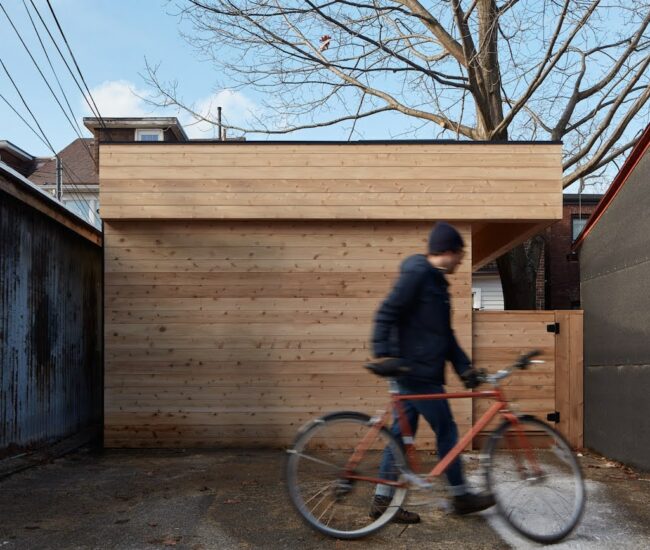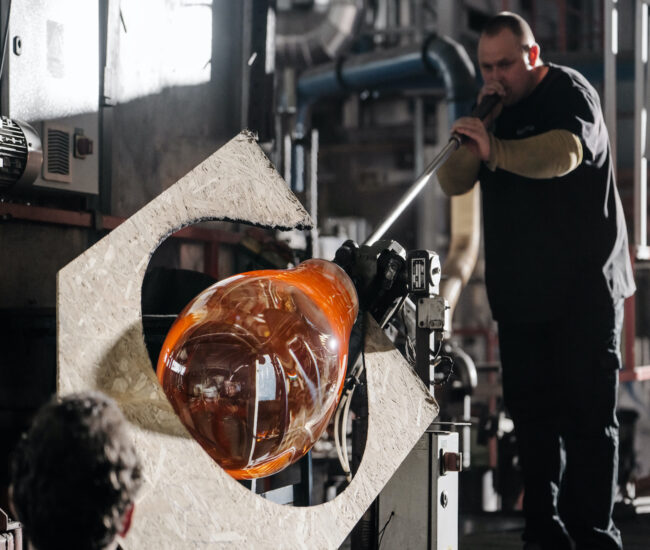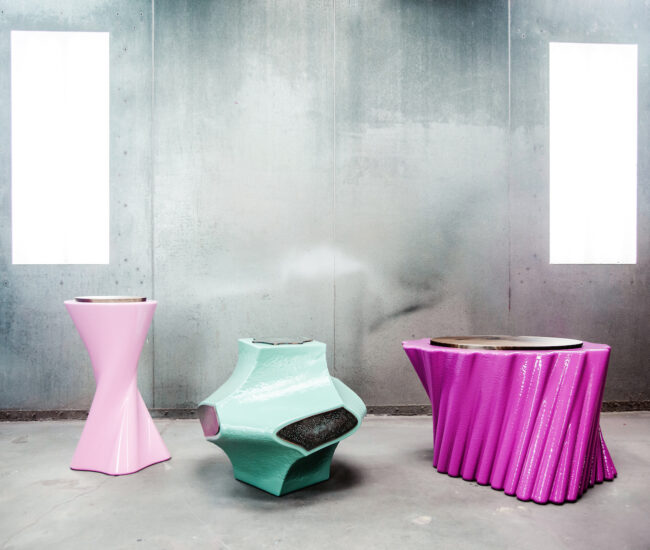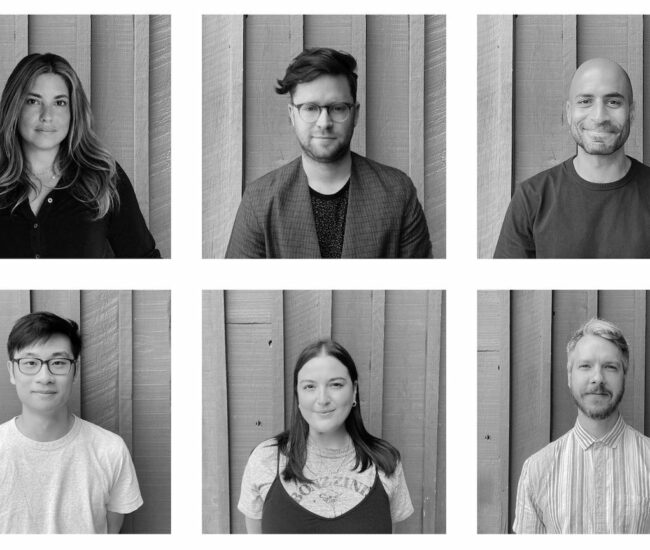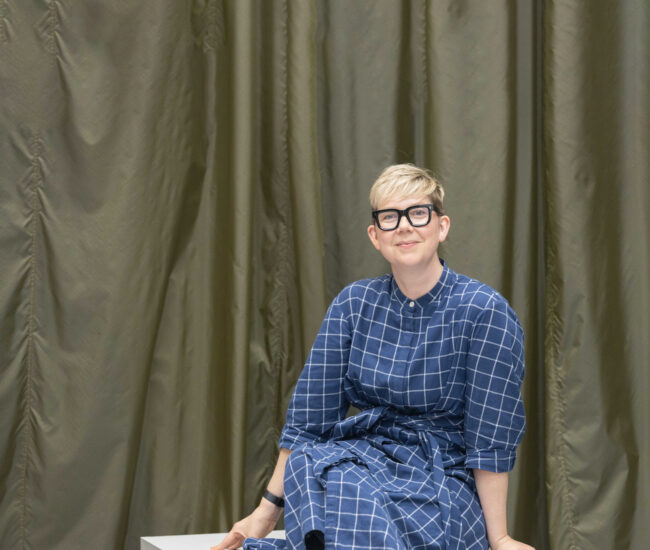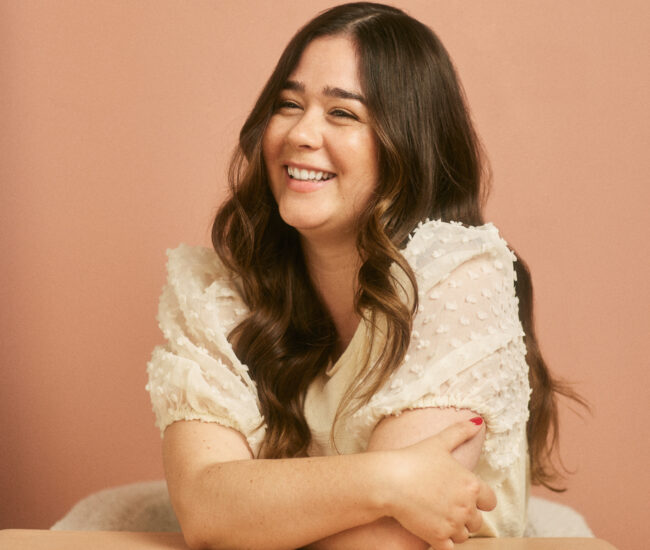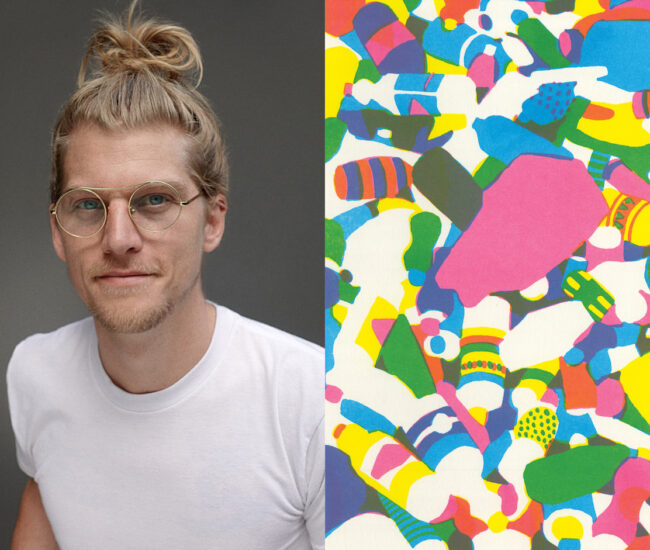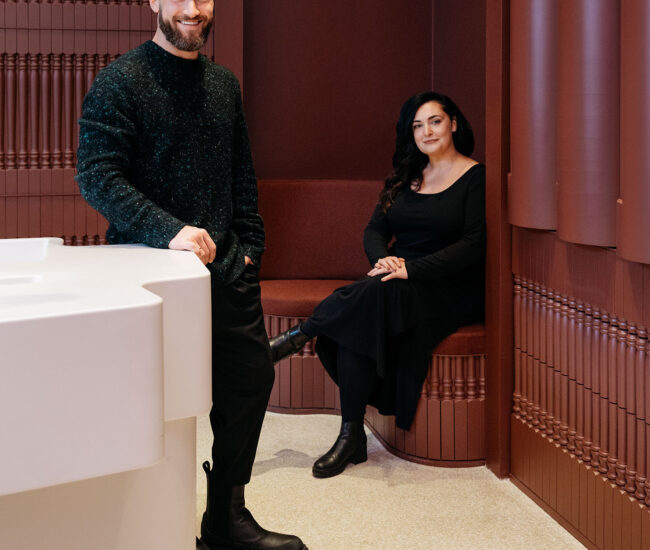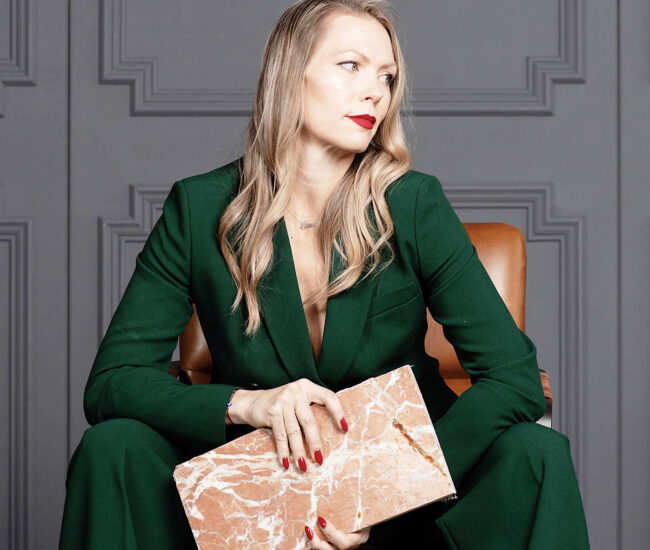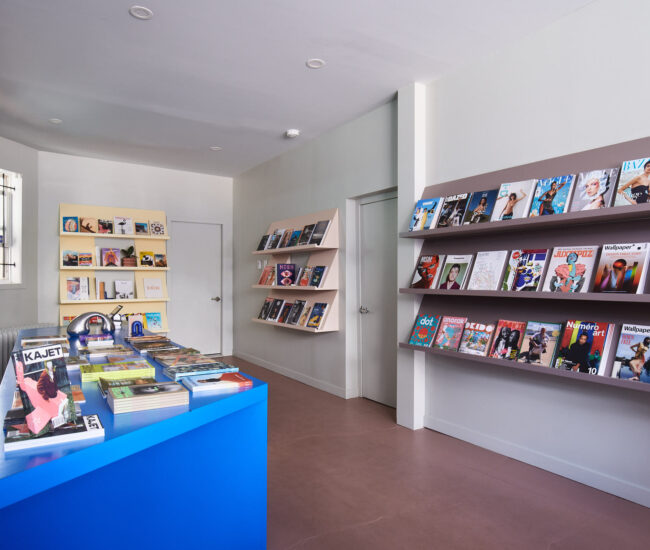Q&A: Art Collector Will Ramsay on Navigating the Love Art Fair
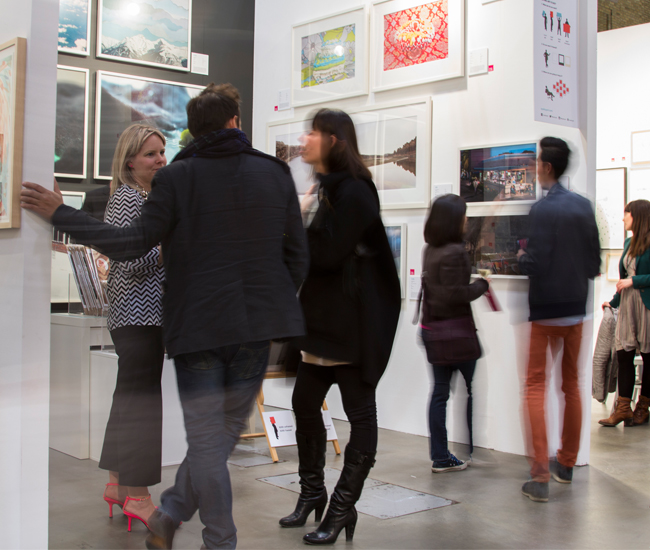
The founder and CEO of Affordable Art Fairs offers advice on how to get the most out of this month’s Love Art
If you think your piggy bank doesn’t have the coinage required to start an art collection, take note: the second edition of Toronto’s annual Love Art Fair kicks off next Thursday. The show’s big draw: affordability. While some of the works displayed will be priced as high as $10,000, exhibition organizers promise that more than half of the art featured costs under $5000 – and a number of pieces will be selling for just $100. With over 45 galleries exhibiting, the fair is the perfect place to invest in paintings, photographs and sculptures on a modest budget. We spoke with Will Ramsay, who founded the original Affordable Art Fair in London in 1999 and now oversees similar fairs across the globe. Here’s his advice for anyone making their foray into the art market.
Love Art runs from April 17 – 19 at the Direct Energy Centre. Tickets start at $10.

Q: What was the first piece of art that you purchased?
A: It was a painting of a Russian drinking – done in big, painterly strokes – that I bought in Moscow at a street market when I was 19. It had real emotion in it. For me, I need to be moved by a piece of art. I think art should be able to make human beings think and feel differently. Now it’s in my attic. But don’t be afraid of what you buy first. It’s still part of your life and it helps you remember, maybe, your time in Moscow.
Q: What’s your advice for a first-time art buyer?
A: Four things:
i. Buy what you like, not what you think you should be buying.
ii. Don’t be afraid to ask a gallerist questions – the more you engage, the more you understand and the more you start to appreciate a piece of art. Some good questions might include where an artist started his or her career and what techniques were used to create a piece.
iii. Ask if you can pay in installments. A lot of galleries will let you.
iv. Bring a pen and paper to create a shortlist of artists you like and the galleries they’re at. That helps you remember what to go back to.
Q: What should a new homeowner keep in mind about the spaces they’re shopping for?
A: Don’t compromise. Don’t buy a piece of art to go above the sofa just because it matches the curtains, and don’t worry too much about space. Contemporary work can look stunning even if your furniture’s not contemporary. Mind you, if you are looking for something for a particular space, maybe measure out the dimensions. But you may find that three little paintings could work as well there as one big one.
Q: How has the art world changed since you began the Affordable Art Fair in 1999?
A: Art has become a bigger part of our lives. People are going to museums more, and journalists are writing about art more. Of course, there are peaks and troughs, recessions and growth periods, but the general trend is that the tide is rising. We have more leisure time. There’s a quote (by French playwright Jean Anouilh): “Life is very nice, but it lacks form. It’s the aim of art to give it some.”
Q: What trends have you noticed recently among art collectors?
A: Photography is being appreciated more and more. Photographers like Norman Parkinson – a very famous fashion photographer – were always trying to be photographers first, and not trying to be artists, but their work still got appreciated as art. Now, there are contemporary artists who are using photography as their medium of choice.

Queen Street Retrospective, 2012, by Stewart James of the Canadian Art Collective.
Q: Affordable Art Fairs are now held in over a dozen cities. What’s unique about the art scene in Toronto, or in Canada?
A: Art is a very place-specific thing, so each fair is different. Artists like Ben Skinner, Maureen O’Connor and the Canadian Art Collective in particular really reflect the culture and the scenery of Canada.
Q: What’s your own art collection like now – is it a mix of high and low?
A: There’s a full variety of mediums. I’ve only ever spent a five figure sum on two pieces, and a four figure sum on less than 10 pieces. Over 100 of my pieces cost only 3 figures. You don’t have to spend a lot of money to have a great collection.
This interview has been edited and condensed.

